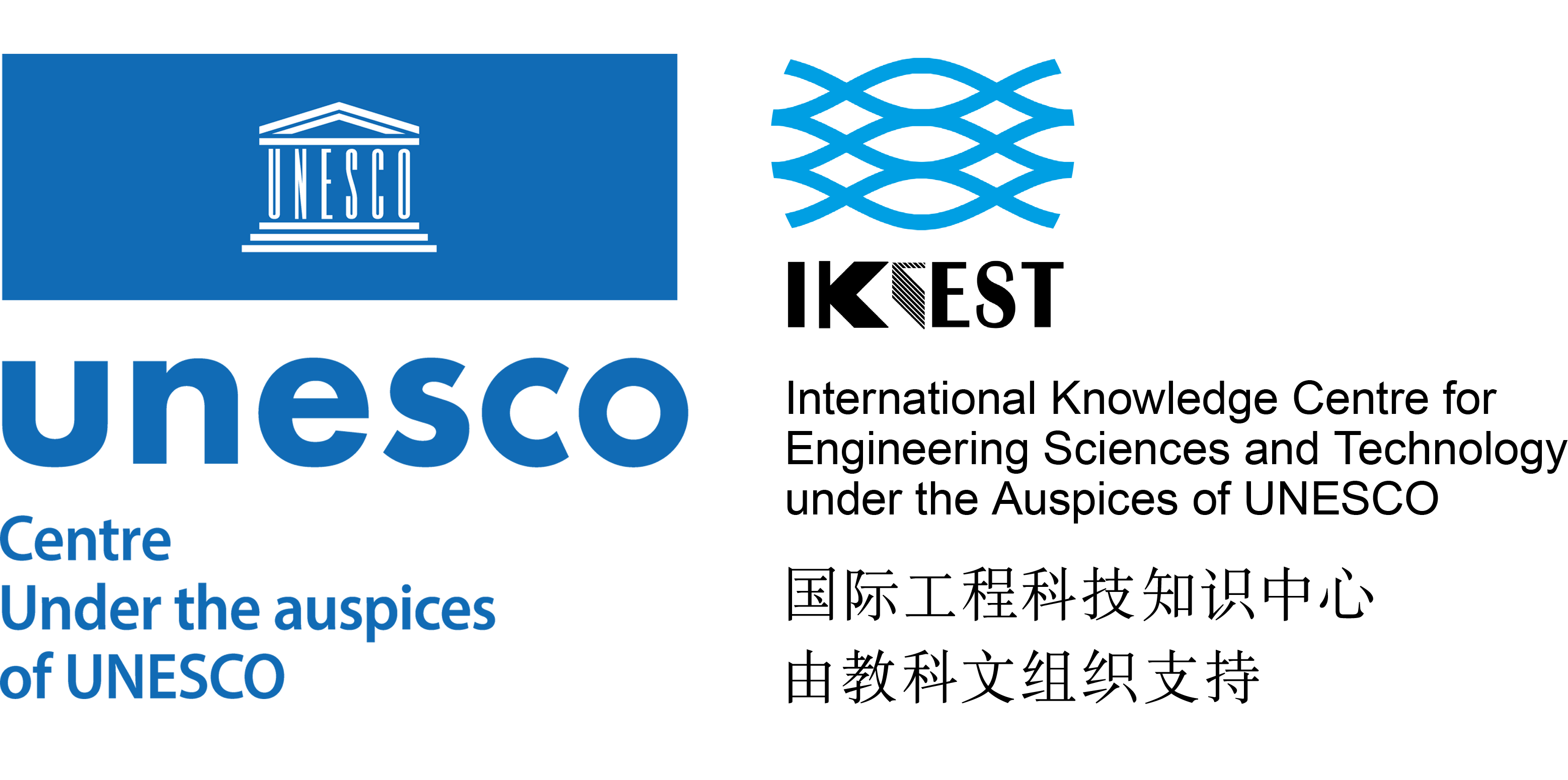Journal
Please choose volume & issue:
-
Theoretical analysis of non-probabilistic reliability based on interval model
Abstracts:The aim of this paper is to propose a theoretical approach for performing the non-probabilistic reliability analysis of structure. Due to a great deal of uncertainties and limited measured data in engineering practice, the structural uncertain parameters were described as interval variables. The theoretical analysis model was developed by starting from the 2-D plane and 3-D space. In order to avoid the loss of probable failure points, the 2-D plane and 3-D space were respectively divided into two parts and three parts for further analysis. The study pointed out that the probable failure points only existed among extreme points and root points of the limit state function. Furthermore, the low-dimensional analytical scheme was extended to the high-dimensional case. Using the proposed approach, it is easy to find the most probable failure point and to acquire the reliability index through simple comparison directly. A number of equations used for calculating the extreme points and root points were also evaluated. This result was useful to avoid the loss of probable failure points and meaningful for optimizing searches in the research field. Finally, two kinds of examples were presented and compared with the existing computation. The good agreements show that the proposed theoretical analysis approach in the paper is correct. The efforts were conducted to improve the optimization method, to indicate the search direction and path, and to avoid only searching the local optimal solution which would result in missed probable failure points.
-
Analysis of meso-inhomogeneous deformation on a metal material surface under low-cycle fatigue
Abstracts:A polycrystalline Voronoi aggregation with a free surface is applied as the representative volume element (RVE) of the nickel-based GH4169 superalloy. Considering the plastic deformation mechanism at the grain level and the Bauschinger effect, a crystal plasticity model reflecting the nonlinear kinematic hardening of crystal slipping system is applied. The microscopic inhomogeneous deformation during cyclic loading is calculated through numerical simulation of crystal plasticity. The deformation inhomogeneity on the free surface of the RVE under cyclic loading is described respectively by using the following parameters: standard deviation of the longitudinal strain in macro tensile direction, statistical average of first principal strains, and standard deviation of longitudinal displacement. The relationship between the fatigue cycle number and the evolution of inhomogeneous deformation of the material's free surface is investigated. This research finds that: (1) The inhomogeneous deformation of the material free surface is significantly higher than that of the RVE inside; (2) the increases of the characterization parameters of inhomogeneous deformation on the free surface with cycles reflect the local maximum deformation of the RVE growing during cyclic loading; (3) these parameters can be used as criteria to assess and predict the low-cycle fatigue life rationally.
-
Damage evolution and crack propagation in rocks with dual elliptic flaws in compression
Abstracts:To give an insight into the understanding of damage evolution and crack propagation in rocks, a series of uniaxial and biaxial compression numerical tests are carried out. The investigations show that damage evolution occurs firstly in the weak rock, the area around the flaw and the area between the flaw and the neighboring rock layer. Cracks mostly generate as tensile cracks under uniaxial compression and shear cracks under biaxial compression. Crack patterns are classified and divided. The relationship between the accumulated lateral displacement and the short radius (
b ) is fitted, and the equation of crack path is also established. -
Study on behaviors of functionally graded shape memory alloy cylinder
Abstracts:For better controllability in actuations, it is desirable to create Functionally Graded Shape Memory Alloys (FG-SMAs) in the actuation direction. It can be achieved by applying different heat treatment processes to create the gradient along the radius of a SMA cylinder. Analytical solutions are derived to predict the macroscopic behaviors of such a functionally graded SMA cylinder. The Tresca yield criterion and linear hardening are used to describe the different phase transformations with different gradient parameters. The numerical results for an example of the model exhibit different pseudo-elastic behaviors from the non-gradient case, as well as a variational hysteresis loop for the transformation, providing a mechanism for easy actuation control. When the gradient disappears, the model can degenerate to the non-gradient case.
-
Closed-form solution of beam on Pasternak foundation under inclined dynamic load
Abstracts:The dynamic response of an infinite Euler–Bernoulli beam resting on Pasternak foundation under inclined harmonic line loads is developed in this study in a closed-form solution. The conventional Pasternak foundation is modeled by two parameters wherein the second parameter can account for the actual shearing effect of soils in the vertical direction. Thus, it is more realistic than the Winkler model, which only represents compressive soil resistance. However, the Pasternak model does not consider the tangential interaction between the bottom of the beam and the foundation; hence, the beam under inclined loads cannot be considered in the model. In this study, a series of horizontal springs is diverted to the face between the bottom of the beam and the foundation to address the limitation of the Pasternak model, which tends to disregard the tangential interaction between the beam and the foundation. The horizontal spring reaction is assumed to be proportional to the relative tangential displacement. The governing equation can be deduced by theory of elasticity and Newton's laws, combined with the linearly elastic constitutive relation and the geometric equation of the beam body under small deformation condition. Double Fourier transformation is used to simplify the geometric equation into an algebraic equation, thereby conveniently obtaining the analytical solution in the frequency domain for the dynamic response of the beam. Double Fourier inverse transform and residue theorem are also adopted to derive the closed-form solution. The proposed solution is verified by comparing the degraded solution with the known results and comparing the analytical results with numerical results using ANSYS. Numerical computations of distinct cases are provided to investigate the effects of the angle of incidence and shear stiffness on the dynamic response of the beam. Results are realistic and can be used as reference for future engineering designs.
-
Forced vibration control of an axially moving beam with an attached nonlinear energy sink
Abstracts:This paper investigates a highly efficient and promising control method for forced vibration control of an axially moving beam with an attached nonlinear energy sink (NES). Because of the axial velocity, external force and external excitation frequency, the beam undergoes a high-amplitude vibration. The Galerkin method is applied to discretize the dynamic equations of the beam–NES system. The steady-state responses of the beams with an attached NES and with nothing attached are acquired by numerical simulation. Furthermore, the fast Fourier transform (FFT) is applied to get the amplitude–frequency responses. From the perspective of frequency domain analysis, it is explained that the NES has little effect on the natural frequency of the beam. Results confirm that NES has a great potential to control the excessive vibration.
-
Dynamic response of a pile embedded in elastic half space subjected to harmonic vertical loading
Abstracts:An analytical method is developed to investigate the dynamic response of a pile subjected to harmonic vertical loading. The pile is modeled as a one-dimensional (1D) elastic rod. The elastic soil is divided into a homogeneous half space underlying the base of pile and a series of infinitesimally thin layers along the vertical shaft of pile. The analytical solution for the soil-pile dynamic interaction problem is obtained by the method of Hankel transformation. The proposed solution is compared with the classical plane strain solution. Arithmetical examples are presented to demonstrate the sensitivity of the vertical impedance of the pile to relevant parameters.
-
A quadratic yield function with multi-involved-yield surfaces describing anisotropic behaviors of sheet metals under tension/compression
Abstracts:A quadratic yield function which can describe the anisotropic behaviors of sheet metals with tension/compression symmetry and asymmetry is proposed. Five mechanical properties are adopted to determine the coefficients of each part of the yield function. For particular cases, the proposed yield function can be simplified to Mises or Hill's quadratic yield function. The anisotropic mechanical properties are expressed by defining an angle between the current normalized principal stress space and the reference direction with the assumption of orthotropic anisotropy. The accuracy of the proposed yield function in describing the anisotropy under tension and compression is demonstrated.
-
The application of nonlocal theory method in the coarse-grained molecular dynamics simulations of long-chain polylactic acid
Abstracts:The micro-capsules used for drug delivery are fabricated using polylactic acid (PLA), which is a biomedical material approved by the FDA. A coarse-grained model of long-chain PLA was built, and molecular dynamics (MD) simulations of the model were performed using a MARTINI force field. Based on the nonlocal theory, the formula for the initial elastic modulus of polymers considering the nonlocal effect was derived, and the scaling law of internal characteristic length of polymers was proposed, which was used to adjust the cut-off radius in the MD simulations of PLA. The results show that the elastic modulus should be computed using nonlinear regression. The nonlocal effect has a certain influence on the simulation results of PLA. According to the scaling law, the cut-off radius was determined and applied to the MD simulations, the results of which reflect the influence of the molecular weight change on the elastic moduli of PLA, and are in agreement with the experimental outcome.
-
Wave propagation analysis of rotating thermoelastically-actuated nanobeams based on nonlocal strain gradient theory
Abstracts:This paper is concerned with the wave propagation behavior of rotating functionally graded (FG) temperature-dependent nanoscale beams subjected to thermal loading based on nonlocal strain gradient stress field. Uniform, linear and nonlinear temperature distributions across the thickness are investigated. Thermo-elastic properties of FG beam change gradually according to the Mori–Tanaka distribution model in the spatial coordinate. The nanobeam is modeled via a higher-order shear deformable refined beam theory which has a trigonometric shear stress function. The governing equations are derived by Hamilton's principle as a function of axial force due to centrifugal stiffening and displacement. The solution of these equations is provided employing a Galerkin-based approach which has the potential to capture various boundary conditions. By applying an analytical solution and solving an eigenvalue problem, the dispersion relations of rotating FG nanobeam are obtained. Numerical results illustrate that various parameters including temperature change, angular velocity, nonlocality parameter, wave number and gradient index have significant effects on the wave dispersion characteristics of the nanobeam under study. The outcome of this study can provide beneficial information for the next-generation research and the exact design of nano-machines including nanoscale molecular bearings, nanogears, etc.
Hot Journals
- Risk Breakdown Matrix for Risk-Based Inspection of Transportation Infrastructure Projects
- Social Control in Outsourced Architectural and Engineering Design Consulting Projects: Behavioral Consequences and Motivational Mechanism
- 2022 Best Paper Award
- Hold-Ups and Failures in Negotiated Order: Unearthing the Nuances of Rework Causation in Construction
- Prevalence and Risk Factors for Poor Mental Health and Suicidal Ideation in the Nigerian Construction Industry
- CFRP–Cable-Stayed Bridge Hybrid with Partial Suspension and a Span Exceeding 3,000 m: Concept, Optimization, and Construction
- Impact of Wind Load Characteristics on Computed Bridge Stay-Cable Forces Used for Bridge Health Monitoring
- Weak-End and Frequency Detection of Elastically Supported Bridges by Contact Residual Response of Two-Axle Test Vehicle in a Round Trip
- Development of Performance-Based Fragility Curves of Coastal Bridges Subjected to Extreme Wave-Induced Loads
- An Analytical Model to Evaluate Short- and Long-Term Performances of Post-Tensioned Concrete Box-Girder Bridges Rehabilitated by an Ultrahigh-Performance Concrete Overlay
- Three-Dimensional Velocity Distribution in Straight Smooth Channels Modeled by Modified Log-Law
- Experimental Investigation on Flow Past Two and Three Side-by-Side Inclined Cylinders
- An Experimental Investigation of Rotor–Box Aerodynamic Interaction 1
- Modeling Gas–Liquid Flow Between Rotating and Nonrotating Annular Disks
- Entry Length Requirements for Two- and Three-Dimensional Laminar Couette–Poiseuille Flows
Advanced Materials (3,745)
- Structured Perovskite Light Absorbers for Efficient and Stable Photovoltaics
- Strategies for High‐Performance Solid‐State Triplet–Triplet‐Annihilation‐Based Photon Upconversion
- Atomic Engineering Catalyzed MnO2 Electrolysis Kinetics for a Hybrid Aqueous Battery with High Power and Energy Density
- Crystal Adaptronics: Global Performance Indices for Dynamic Crystals as Organic Thermal Actuators (Adv. Mater. 20/2020)
- Enlightening Materials with Photoswitches
Acta Astronautica (1,768)
- Mixed-integer trajectory optimization with no-fly zone constraints for a hypersonic vehicle
- Adaptive control design for active Pogo suppression of large strap-on liquid launch vehicles
- Machine learning based approach for modeling and forecasting of GPS–TEC during diverse solar phase periods
- Effect of two-dimensional micro-cavity surface on hypersonic boundary layer
- Investigation on burning behaviors of aluminum agglomerates in solid rocket motor with detailed combustion model








 User Center
User Center My Training Class
My Training Class Feedback
Feedback





